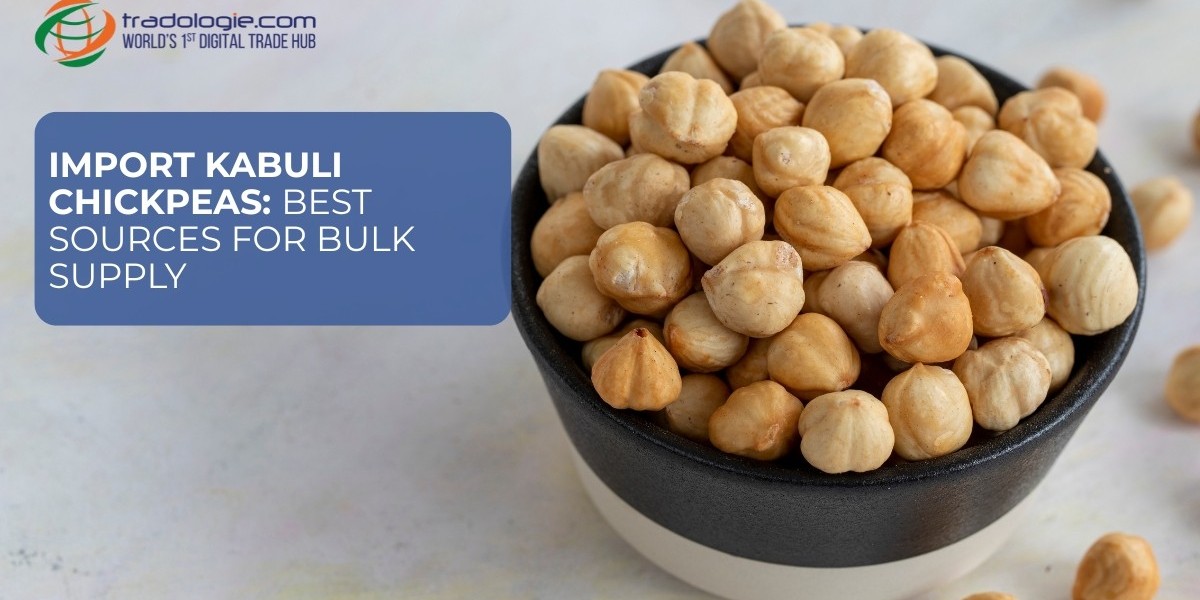How does one typically source pulses for industrial use? Are there multiple methods? Which is the best method?
Well, let us get a better understanding. Traditionally, those importing or looking to import would look for reliable suppliers from directories, exhibitions, middlemen, and other costly and time-consuming methods.
Industry reports tell us of quality and pricing discrepancies, payment and communication issues, high prices paid to secure orders, and many more irregular issues. Not saying that the practices did not work, but the risks involved outweighed the benefits derived from such transactions.
Procurement today by key industrial players is carried out differently, but I will get to that part soon. Let us discuss the dynamic pulses market to Import Kabuli chickpeas in bulk.
Here’s a detailed guide on sourcing bulk Kabuli chickpeas from the best origins, with the best supply factors and the required quality criteria, and how you can leverage digital platforms to facilitate the trade.
1. Best source countries & origin-profiles
Here are some key origins where Kabuli chickpeas are produced and exported (each with its advantages and trade considerations).
a) Turkey
Turkey is a major producer of chickpeas and is especially noted for “Kabuli” type chickpeas (large‐seed, smooth coat) in Mediterranean/West‐Asian markets. Proximity to the Middle East & Europe gives logistic advantages for importers in those regions. The nation also has an established export infrastructure for pulses.
b) Russia
According to recent data, Russia’s Kabuli chickpea production has soared (135% increase since 2020) and is expected to reach around 450,000 MT in 2023. This gives potential for cost-competitive supply if logistics & export channels are viable.
c) Canada / United States (North America)
The U.S. cultivates Kabuli types and has good quality control and traceability systems. Canada also reports increases in Kabuli chickpea output. For importers willing to pay premium for high‐seed‐size, premium traceability, North America is a viable option.
d) India (for re-export or domestic supply)
Although "Desi" chickpeas are far more popular in India, Kabuli varieties are also produced and traded. Importers in India (or nearby regions) can save money and risk by sourcing domestically.
2. Quality & specification checklist for Kabuli Chickpeas
When sourcing bulk Kabuli chickpeas, make sure you check the following criteria—these affect price and suitability for end use (e.g., whole chickpeas for snacks/cans or splitting for dal/powder).
Seed size/caliber—Larger seeds (for example, 9 mm or above) command a premium; smaller seed size lowers value. For example, market commentary noted the big size (9 mm) for Kabuli chickpeas is very firm.
Color & coat—For Kabulis, a smooth coat, cream/tan color, and uniformity matter. Broken/mixed color reduces value.
Moisture & damage—Moisture content should meet import country standards (often <12%), with minimal split pods/damaged seeds.
Purity & variety—Assure that it is the genuine Kabuli type (not mixed) with a good varietal background.
Lead time & contract clarity—In bulk trade, margin and risk depend on clear contract terms: grade, seed size, shipment period, and inspection regime.
3. Supply-dynamics & trade-risks
Understanding the global supply environment helps you negotiate better and mitigate risk. Global Kabuli chickpea production has been under pressure: a decline in some years followed by a “reversal” in 2023 with some origins boosting output.
When supply is limited due to low carry-in stocks, small seed sizes, and quality issues, large-seed Kabuli prices rise, particularly for premium size categories (8 mm, 9 mm).
Importers who lock in early or secure contracts ahead of harvest typically have higher margins and quality. Weather, crop disease, and variable yields have a greater impact on supply than many other pulses because Kabuli often requires more favorable conditions.
Logistics/trade policy risks include export quotas, duties, currency fluctuations, port congestion, and phytosanitary rejections, all of which can impact landed cost and delivery time.
For example, in Russia, the rapid increase in output is driven by favorable returns and exporters seeking new markets.
4. Source via Tradologie & Unlock Opportunities
Using a platform like Tradologie.com gives you distinct advantages if you are looking to buy bulk Kabuli chickpeas.
Access to verified exporters worldwide - rather than relying on local agents or dispersed suppliers, you can compare multiple origins (Turkey, Russia, Canada, etc.) side by side.
Live negotiation & global reach – you can compare offers from multiple suppliers, increasing sourcing leverage.
Secure payments - mitigate counterparty risk, which is especially important when dealing with new origin suppliers or large volumes.
Aggregated demand & better pricing – by using a credible platform, you may gain access to suppliers who previously served only large buyers; this means better pricing for you.
Seasonal timing advantage – Using the platform, you can monitor when new crop offers appear from various origins, locking in early before quality/cost issues arise.
This defines a clear-cut modern path for importers and exporters to take to trade seamlessly across global markets. Tradologie defines a clear and systematized path for importers and exporters of agro-commodities to move beyond the traditional trade process and the platform to maximise profits and orders while reducing risks significantly.








